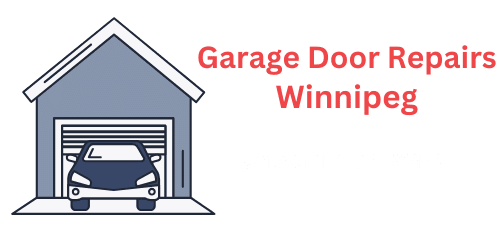Ever faced a problem with your commercial garage door not opening or closing right? You’re not alone. Many businesses require reliable commercial garage door repair service to ensure smooth operation. This article will guide you through fixing common issues, saving you time and stress. You’ll learn about six typical problems and how to solve them, ensuring your commercial garage functions optimally. Let’s get to it!
Garage Door Issues and How to Fix Them
Commercial garage doors are vital for businesses, offering security and convenience. However, like any frequently used equipment, they can encounter problems. One common issue that businesses face is when “My Garage Door Rollers are Bad,” causing the door to operate noisily or unevenly. This can lead to disruptions in daily operations and potential safety hazards. Addressing this problem promptly can prevent further damage and ensure smooth functioning. Here’s how to address six common issues, including roller maintenance and replacement if necessary.
1. Remote Control Issues
Symptoms: The door doesn’t respond to the remote control.
Solutions:
- Check the batteries: Replace them if necessary. Use high-quality batteries for better performance.
- Reprogram the remote: Consult the manual for instructions. This process usually involves pressing a reset button on the motor unit and then pressing the button on the remote.
- Reduce interference: Remove or relocate nearby electronic devices that could interfere with the remote’s signal.
Prevention: Regularly check and replace the batteries. Keep the remote clean and free from damage.
2. Torsion Spring Problems
Symptoms: The door is heavy to lift, opens partially, or doesn’t open at all.
Solutions:
- Safety first: Due to the high tension in torsion springs, attempting a DIY repair is dangerous. The best solution is to contact a professional repair service.
Prevention: Schedule regular maintenance checks to inspect the health of the springs. Lubricate the springs annually to prevent corrosion and increase longevity.
3. Worn or Damaged Rollers
Symptoms: The door sticks, jerks, or is noisy during operation.
Solutions:
- Identify damaged rollers: Inspect each roller for wear or damage.
- Replace rollers: You can purchase replacement rollers from hardware stores or online. To replace, you’ll need to remove the brackets holding the rollers, slide the old rollers out, and insert the new ones.
Prevention: Clean the rollers and tracks regularly to remove debris. Lubricate the rollers with a garage door lubricant to ensure smooth operation.
4. Worn or Damaged Cables
Symptoms: The door hangs unevenly or won’t open.
Solutions:
- Professional repair: Due to the risk involved with high-tension cables, this repair should be handled by professionals. They will assess the damage and replace the cables safely.
Prevention: Regular inspections can catch fraying or wear before it leads to failure. Keep the cables clean and free from obstructions.
5. Damaged Section
Symptoms: Visible damage to a section of the door, affecting its appearance or operation.
Solutions:
- Minor damage: Small dents can sometimes be repaired using a plunger or gently hammered out from the inside.
- Major damage: For significant damage, contact a professional to replace the damaged section or the entire door if necessary.
Prevention:
Implement safety measures to prevent impact damage, such as installing bollards or barriers. Regularly inspect the door for minor damages and address them promptly. For comprehensive care and maintenance, consider scheduling regular inspections and maintenance services from a reputable provider specializing in commercial garage door repair. This proactive approach can help identify potential issues early on and ensure the smooth operation of your commercial garage door system.
6. Misalignment
Symptoms: The door is difficult to move, makes unusual noises, or doesn’t seal properly.
Solutions:
- Check the tracks: Look for bends or obstructions. Gently tap out minor bends with a hammer or replace the track if severely damaged.
- Align the tracks: Loosen the screws holding the track to the frame, adjust until aligned, and then retighten.
Prevention: Keep the tracks clean and free of debris. Check the alignment periodically and adjust as needed.
Conclusion
Fixing common commercial garage door issues doesn’t always require a professional, but safety should always come first. If you’re unsure or the problem seems serious, it’s better to call in the experts. Regular maintenance can prevent many of these issues, keeping your door running smoothly and your business secure. Remember, a well-maintained garage door is not only easier to operate but also extends the lifespan of the door, saving you money and hassle in the long run.







